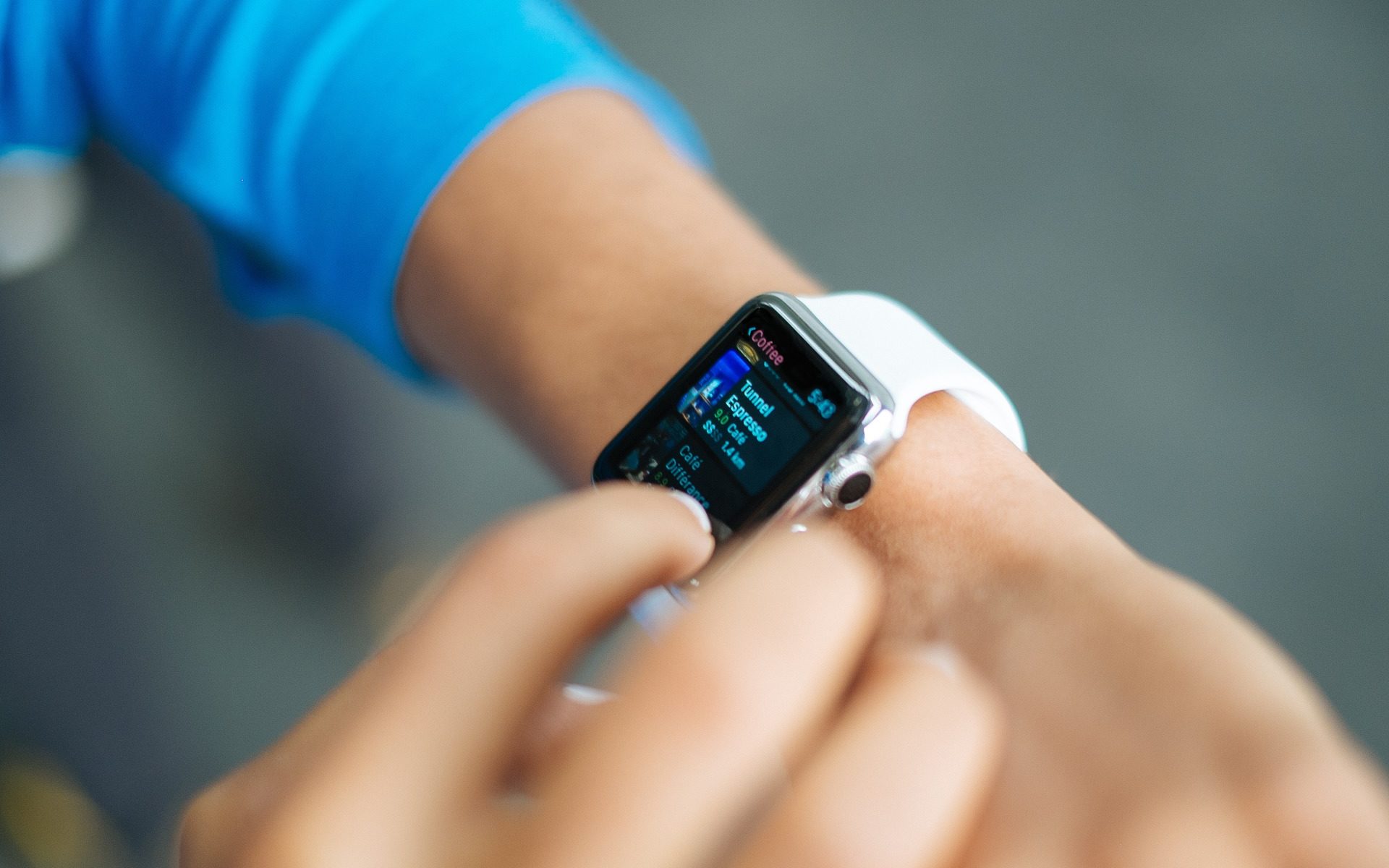Tom Tuunainen

People worldwide are discovering the convenience of having the power of the internet within reach and smartwatches and all kinds of activity trackers have become very popular. These wearable technologies can be used to control your Internet of Things (IoT) devices, such as air conditioning systems, healthcare appliances, surveillance cameras, refrigerators, and a great deal more. They can also track your fitness activities and health.
The global market for these kinds of wearable devices is expected to grow to 265.4 billion dollars by 2026, according to a study by MarketsandMarkets (2021). This means that a lot of people are strapping on smart devices as the latest accessory in their new internet wardrobe. But one question still remains: are these wearables secure or could they make one a target for cybercriminals?
Smartwatches and other wearable devices act as an extension of your smartphone. They give you instant access to your email, text messages, applications, and the web. Wearable technology has come a long way, but there are still concerns about the privacy and security of these devices.
Smartwatches collect a significant amount of information about the owner. This can include information about where one has gone during the day and how many steps one has taken, as well as financial information, if the device is allowed to make transactions. The list grows, depending on the applications one has installed and the personal information one has provided. All of this raises questions; who is allowed to see all or part of that data, and how securely is it stored? Some of the answers to these questions can be found by reading through the documentation for one’s smartwatch and the applications one downloads. One should, however, keep in mind that the information is stored on a remote server in the cloud and there is not much one can do to prevent a potential data breach. So, it might be a good idea to exercise caution when giving permissions to your smartwatch. For instance, some applications may want to access your account information and your geographical location. This is valuable information for cybercriminals if they have managed to infect your smartwatch with spyware.
Smartwatches sometimes control the technology of your home. For instance, you may be able to use your smartwatch to unlock your front door. What happens if your device is lost or stolen? Smartwatch manufacturers offer security settings that can help to protect you in case of theft. For instance, a security setting may prevent your smartwatch from being paired with a device that you have not approved. It is wise to make sure that such protections are enabled in the security settings of the device.
Smartwatches also make use of business applications, from taking calls to taking notes. Do they make one vulnerable to cybercriminals? Let us consider the following scenario; a smartwatch links to a mobile device, which could provide the window of opportunity that the criminals need in order to enter. If the device then connects to the company network, it could lead to the exposure of valuable corporate information. In order to prevent this scenario, one should restrain smart technologies to only be used in a “guest network”.
The convenience of smartwatches is likely to drive the demand of them, and the use of these wearable technologies is only expected to increase. It is, however, prudent that one understands the risks involved and takes steps to help protect the valuable information that is linked to them.
Centria is part of the SIFIS-Home project that combines 12 European leading industry players in the IoT, telecommunication, standardization, and cyber security with research and academic institutions. The project aims to provide a secure-by-design and consistent software framework for improving resilience of Interconnected Smart Home Systems at all stack levels. SIFIS-Home has received funding from the European Union’s Horizon 2020 research and innovation program under grant agreement Nº 952652.
References
MarketsandMarkets 2021. Wearable Technology Market by Product (Wristwear, Headwear, Footwear, Fashion & Jewelry, Bodywear), Type (Smart Textile, Non-Textile), Application (Consumer Electronics, Healthcare, Enterprise & Industrial), and Geography – Global Forecast to 2026. MarketsandMarkets Research Pvt. Ltd., Pune, India. Available at: https://www.marketsandmarkets.com/Market-Reports/wearable-electronics-market-983.html. Referenced April 7, 2022.
Tom Tuunainen
R&D Developer
Centria University of Applied Sciences
Tel. +358 40 681 7207


